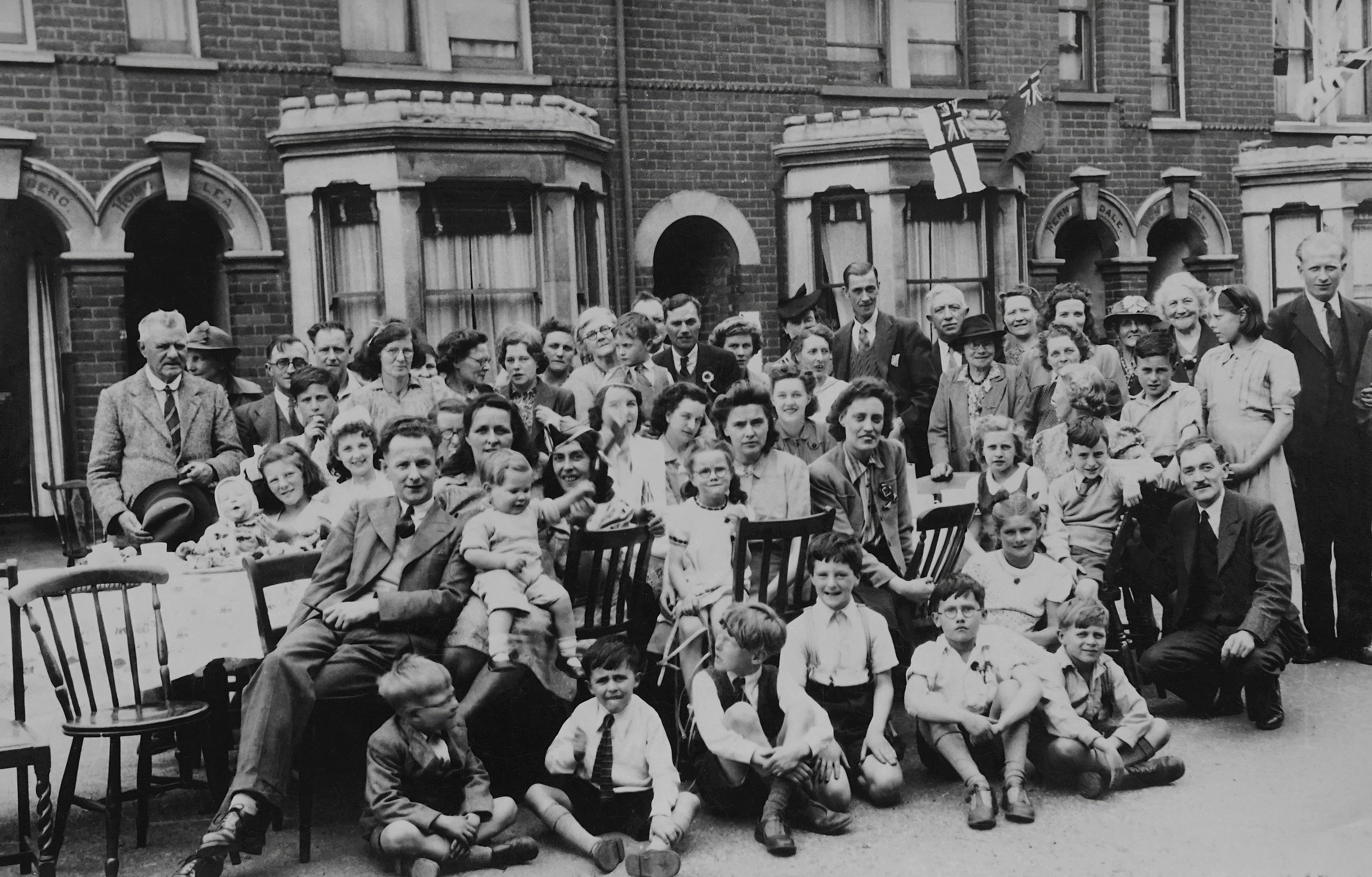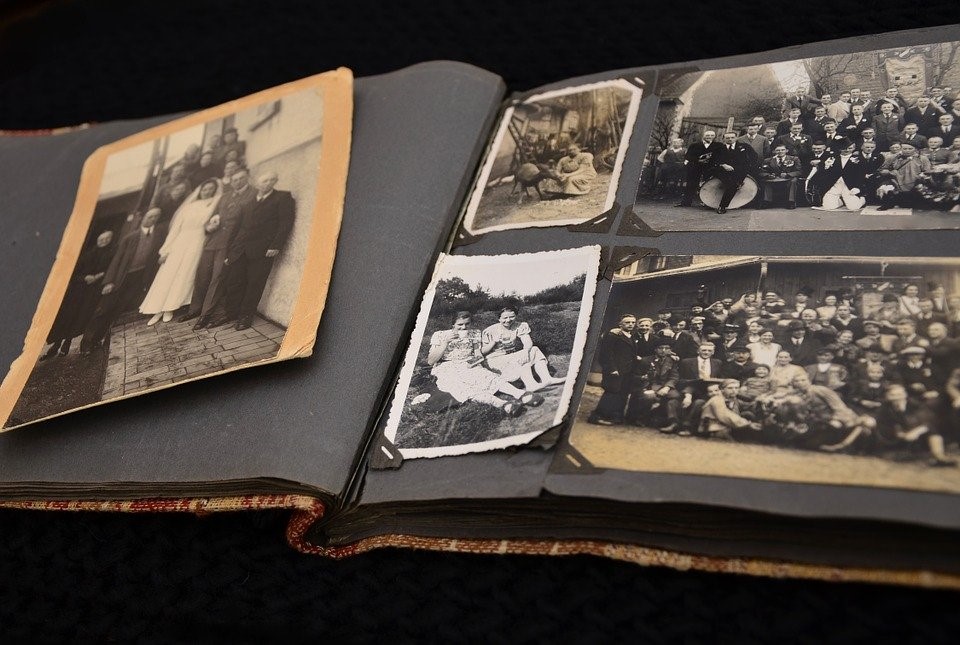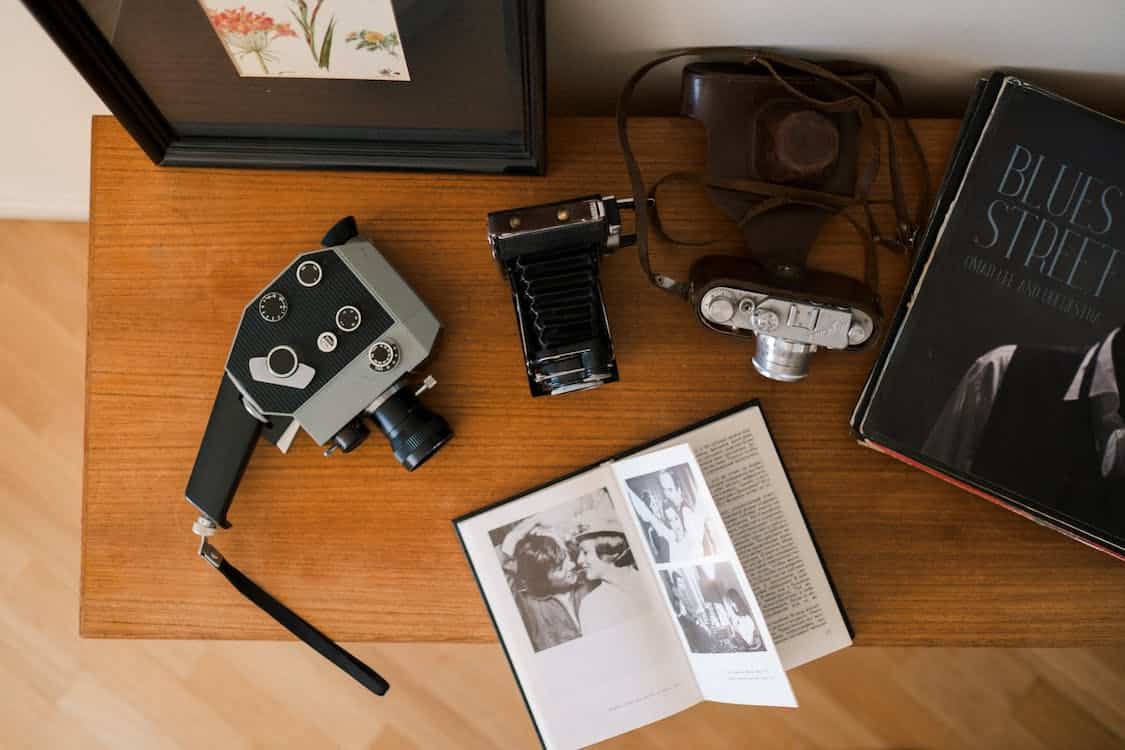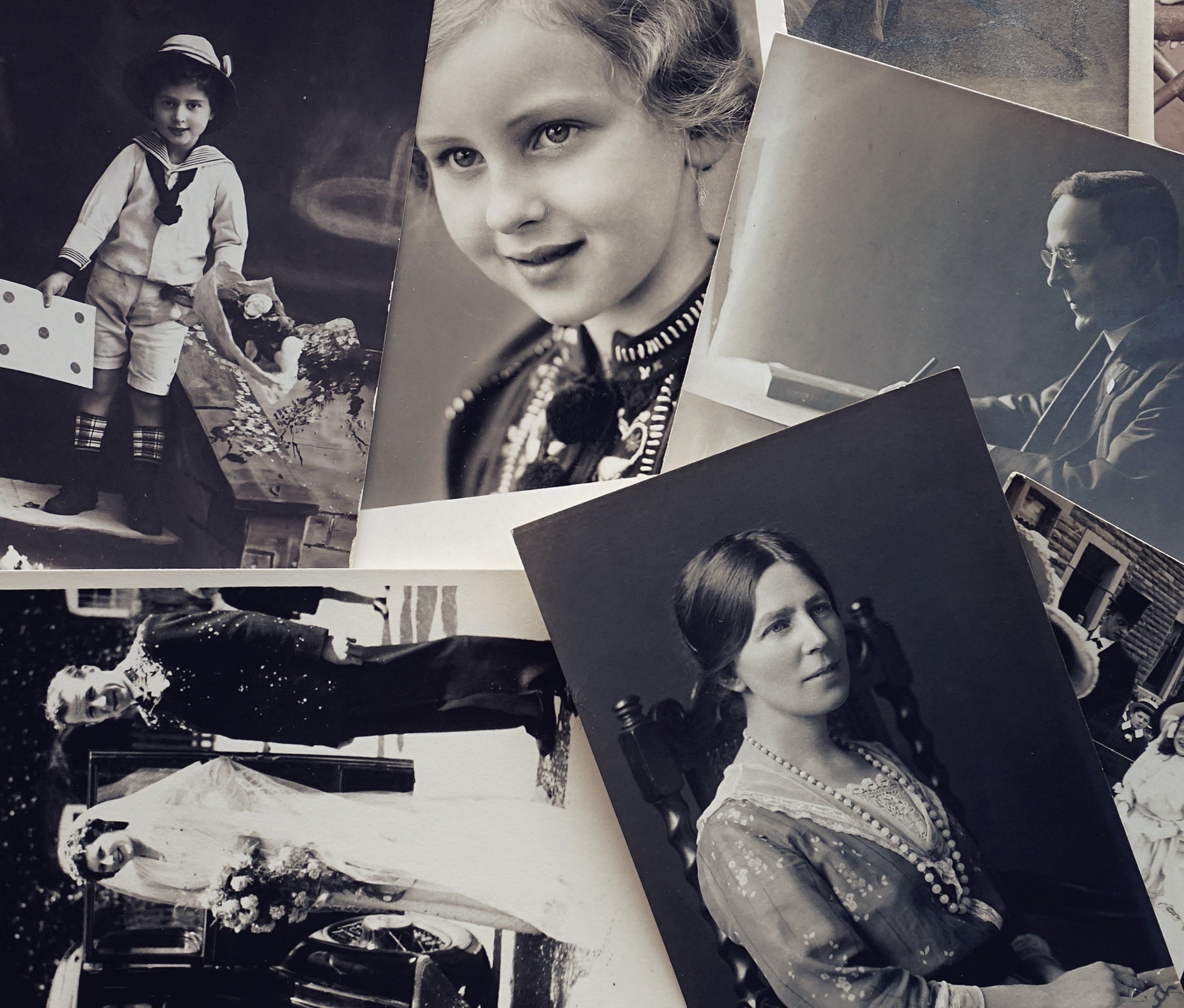
Using Photographs to Add Meaning to Your Family History Book
USING PHOTOGRAPHS TO ADD MEANING TO YOUR FAMILY HISTORY BOOK
So, you’ve written your narrative. Your story is on paper, and all you have to do now is add the finishing touches. But something is missing.
You have the opportunity to really show readers your life. What better way to accent your family history book than with pictures? Adding photos and other memorabilia to your book lends more insight into what exactly has made you, you.
Getting Old Photos into Digital Format
The first step in adding those old photos to your family history book is to digitize them.
There are a couple of options for this.
You can scan them yourself at home, which will cost you some time and patience.
Or you can send them to a scanning service.

If you choose to scan your photos yourself, PC Mag suggests saving the images at a size and resolution that will show up best for whatever your final project is. Images that will just be shared online or on social media can be saved at a lower resolution, whereas images that will be reprinted or enlarged need to be saved at a high resolution.
Then, using either Photoshop or your computer’s included editing software, fix any issues such as glares and red eye, and crop the photos as you see fit.
Now, I know what you’re thinking — many people don’t have a scanner in their home that they can use for a project like this. Don’t worry, though. There are also several apps that will allow you to use your smartphone as a scanner. Here are some of the best.
Google PhotoScan
If you’re freehanding it with your phone, Google PhotoScan automatically corrects perspective and eliminates glare. It works by taking five photos and stitching them all together. The app allows you to view, rotate, adjust corners, and delete as needed. It is free, and scanned photos are saved in Google Photos.
Photomyne
Do you have several pages of images to scan from old albums? The upside of Photomyne is that you can scan multiple photos at once, and it will automatically crop and enhance your photos. The app detects different photos automatically and saves them into albums. Dates, locations, names, captions, even voiceovers can be added to each photo in your album. The software also allows you to create and share slideshows and collages. With a paid plan, you also have access to your photos wherever you are with an online archive.
CamScanner
CamScanner was designed for documents but does a decent job with photographs, too. The standard free account allows you to save scanned files as high-resolution JPEG images or PDF files. The edges are automatically detected, and the busy background is cropped out. You get 200MB of cloud space and can upload images to a file-sharing service. The premium version comes with OCR and will convert PDF documents to editable text files. Sync files seamlessly between your phone, tablet, and desktop computer.
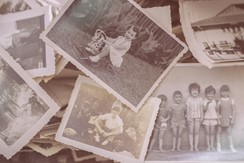
If scanning your pictures on your own doesn’t appeal to you, there are a huge number of photo-scanning services available.
The upside to using a service is that the work is done for you. Your photos will be scanned, and the digital files will be put on a DVD or in an online gallery.
But convenience has a cost, and photo scanning services can cost a pretty penny.
Here are some of the services we found:
Scan My Photos
Scan My Photos offers a flat-fee, prepaid photo scanning box. The box holds about 1,800 pictures, and the price ranges from $145 to $329, depending on the resolution you want your files saved in. Pictures are not scanned in any order unless you specify. ScanMyPhotos also has a pay-per-scan option — prices start as low as 8 cents per scan with a minimum $25 charge. You can get your digital files on a DVD or a thumb drive. Express scanning is $89.95 per box and ensures your order is successfully completed in one business day. ScanMyPhotos also has slide and negative scanning capabilities as well as the ability to convert VHS to DVD.
GoPhoto
A big plus to GoPhoto is that it has a no-risk guarantee. Only pay for the scans you keep. Every photo is hand-scanned in the company’s Indiana facility. Send your prints in any condition — GoPhoto will clean your photos before scanning. You can even send whole albums: Your photos are returned with a DVD and accessible online. The digital photos are high resolution, 600 dpi, and the company typically completes the work within two weeks. The company promises to color correct and remove scratches and dust from each image. Photos, slides, and negative scans start at 44 cents per scan.
ScanCafe
ScanCafé also offers a value kit, charging 21 cents to 31 cents for each piece of standard media (photograph, negative, or slide), with a minimum of 500 pieces, $154.95. Prepay for your scans, and ScanCafe will send you a shipping kit. The company hand-corrects scratches, fading, and color issues. The value kit, unlike the a la carte option, doesn’t allow you to delete the scans you don’t want or opt for expedited shipping. A la carte rates are 35 cents to 48 cents per scan.
What If My Photos Are Damaged?
Some photos don’t weather the test of time very well. In storage, photographs can become dusty, scratched, creased, yellowed, faded, water damaged, or torn. But all is not lost! With some time, patience, and Photoshop tricks, you may be able to repair them yourself.
Some common corrections you may need to make include adjusting color and contrast; cropping the borders; removing dust, scratches, lines, or cracks; and restoring shadows and highlights.
If you are brave in some areas of life but timid when it comes to detailed photo editing, or if your photos are clearly damaged beyond what you are able to repair, you can send your actual photograph or its digital file to a photo restoration service.
Bonnie Blue of Blues Restoration, who has been restoring photos for more than 40 years, says most of the jobs she gets now are photos that can’t be repaired at home. “As long as all the major parts show, like the eyes and nose and mouth, it can be repaired,” she says. There are some images, extremely out-of-focus or extremely faded pictures for example, that are beyond repair.
How Can I Include Oversized or Non-Photographic Materials?
All of our memorable moments aren’t captured in film.
Some memories are held in letters and cards.
Other personal mementos can have a special place in our stories.

Pictures and Stories says some other items that you may want to consider including in your book are passports, report cards, licenses, certificates, currency, concert tickets, recipes, or journal pages. These can easily be added by scanning them in the same way you would scan a photo.
Or maybe you have blueprints of the home that was passed down for generations, a map of where your family originated, or a poster-sized family tree that you would like to include in your story. Using a flatbed or handheld scanner, you can scan these documents in sections and then stitch them together using photo editing software.
Avoid Copyright Issues
Now that you’ve gathered all the photos and materials you wish to include in your book, you’re all set to go, right? Maybe not.
Did you check out the copyright of those photos you want to use? As The Legal Genealogist explains, just because you have possession of a photograph does not mean you possess the copyright. Even if you own the camera the photo was taken with or are in the photo, U.S. law says that the copyright is held by the person who pressed the shutter (or in the case of professional photographers, the company they work for). Technology Law Source gives more information about who truly owns the photo.
Chances are, if it’s a family snapshot or a photo that a nonprofessional photographer took for free, they would be willing to let you use the image for free. It’s always safer to ask for permission and not need it than need it and not have it. If, however, the image was created before 1923, it is in the public domain and can be used without permission.
All other photographs under copyright require written permission for use. Some artists are willing to let you use the image at no cost, but others will charge a fee. McFarland Books advises that when signing releases, you ask for nonexclusive world rights for any images so that they can be reprinted at any time and used in any format (eBook, etc.).
___
There are many ways to make something your own. Adding photos and visual material to your family history book gives readers a glimpse into your world and helps bring life to your story.
Related Content
- 0 Comment
Subscribe to Newsletter
- How Can SharePoint Be Used To Organize and Disseminate SOPs?
- Planning the Perfect Genealogy Research Trip: A Step-by-Step Guide
- From Silly to Awesome: How Words Change Meaning Over Time
- The Psychology of Font Choice: How Typography Impacts Content Engagement
- How to Distribute SOPs for Maximum Usability

